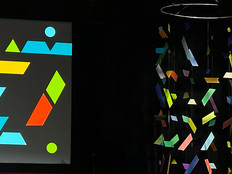Prerequisites for Flipping the Classroom
The concept of the flipped classroom is simple: Leverage time in the classroom for group projects, collaboration, questions and workshops. In place of traditional homework, students watch recorded lectures on their own time. Professors move away from being the “sage on the stage” to a serving as a “guide on the side.” Students have the opportunity to engage in classroom learning in a whole new manner, while absorbing lectures at their convenience on a tablet, smartphone, notebook or desktop computer. Pairing comfortable learning environments with interactive meetings is not a new concept, but it has taken on a new meaning in the digital age.
Flipping the classroom is more than a trend — it’s a revolution. But why? And, more importantly, why now?
It all comes down to technology: Laptop ownership among college students has reached critical mass, and professors are willing to embrace a new role as recording lectures has become easier. It has taken years, and quite a bit of research, to demonstrate that the flipped-classroom model can be effective. Although the phenomenon hasn’t spread to every school, or even to every class at the schools who employ it, many schools are experimenting with the concept, and some professors are taking matters into their own hands.
Below, you will find coverage of the flipped classroom in higher education. From statistics and studies to case-study videos, this is required reading for administrators, professors and IT workers who are flipping the classroom.









